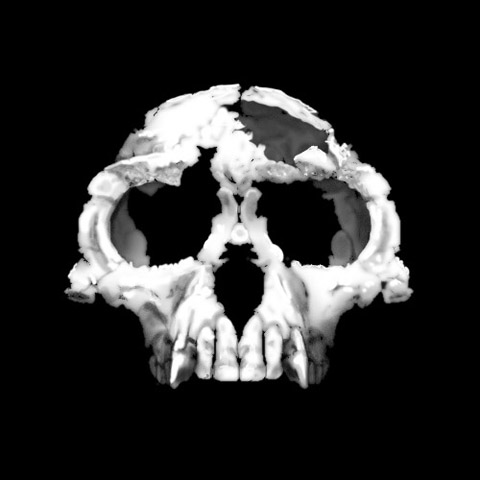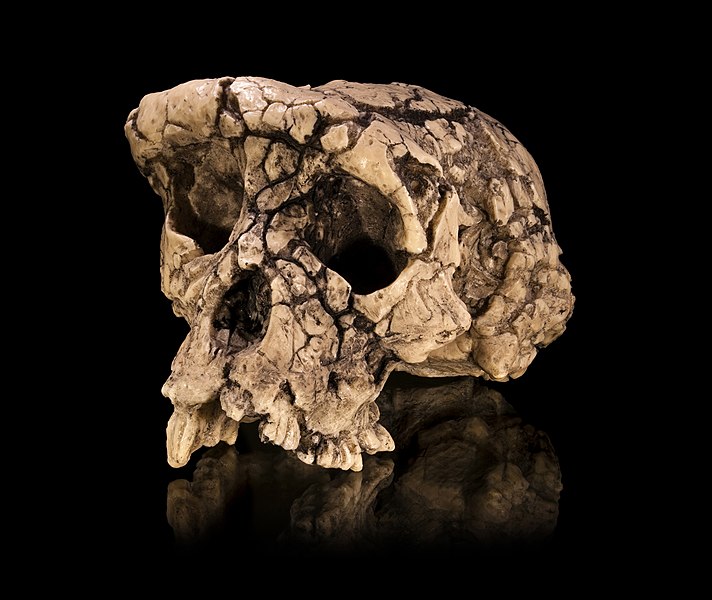Quickies
Quite worth mentioning:
Wu Liu et al., The earliest unequivocally modern humans in southern China. Nature 2015. Pay per view → LINK [doi:10.1038/nature15696]
AbstractThe hominin record from southern Asia for the early Late Pleistocene epoch is scarce. Well-dated and well-preserved fossils older than ~45,000 years that can be unequivocally attributed to Homo sapiens are lacking1, 2, 3, 4. Here we present evidence from the newly excavated Fuyan Cave in Daoxian (southern China). This site has provided 47 human teeth dated to more than 80,000 years old, and with an inferred maximum age of 120,000 years. The morphological and metric assessment of this sample supports its unequivocal assignment to H. sapiens. The Daoxian sample is more derived than any other anatomically modern humans, resembling middle-to-late Late Pleistocene specimens and even contemporary humans. Our study shows that fully modern morphologies were present in southern China 30,000–70,000 years earlier than in the Levant and Europe. Our data fill a chronological and geographical gap that is relevant for understanding when H. sapiens first appeared in southern Asia. The Daoxian teeth also support the hypothesis that during the same period, southern China was inhabited by more derived populations than central and northern China. This evidence is important for the study of dispersal routes of modern humans. Finally, our results are relevant to exploring the reasons for the relatively late entry of H. sapiens into Europe. Some studies have investigated how the competition with H. sapiens may have caused Neanderthals’ extinction (see ref. 8 and references therein). Notably, although fully modern humans were already present in southern China at least as early as ~80,000 years ago, there is no evidence that they entered Europe before ~45,000 years ago. This could indicate that H. neanderthalensis was indeed an additional ecological barrier for modern humans, who could only enter Europe when the demise of Neanderthals had already started.
When asked in private correspondence earlier today what did I think of this, I replied that María Martinón (second listed author) is a top expert in tooth morphology and that, if she says they are unmistakably H. sapiens, I have to believe it.
I also replied a bit more extensively that this should be no surprise, that evidence in favor of a c. 100 Ka BP migration of H. sapiens into South and Southeast Asia has been piling up for some time already. Some of the most important pieces of evidence are the Zhirendong jaw (also from Southern China, dated to c. 100 Ka BP) and the African-like Katoati toolkits (NW India, dated to c. 96 Ka BP). These dates are roughly coincident with the end of the Abbassia Pluvial (c. 125-90 Ka BP), which is in turn coincident with the period of evidence for earliest H. sapiens presence in Arabia and Palestine.
In other words, our ancestors crossed into Arabia and Palestine (and maybe other less well documented nearby regions of West Asia) around 125 millennia ago (with a second wave c. 90 Ka ago). The Neanderthal admixture episode probably happened soon after. Then they moved to South and SE Asia, quite possibly pressed by growingly arid conditions in Arabia, and this second migration took place around 100 millennia ago (earlier is not yet supported but can't be fully discarded).
All this has major implications for molecular clock calibration, of course: mtDNA L3 should be c. 125 Ka old and M some 100 Ka old, similarly Y-DNA CF should be around 100 Ka old as well. This is the kind of stuff that makes genetics-oriented people skeptic but the molecular clock is a mere educated hunch, while the archaeological data is serious evidence that cannot be ignored.










